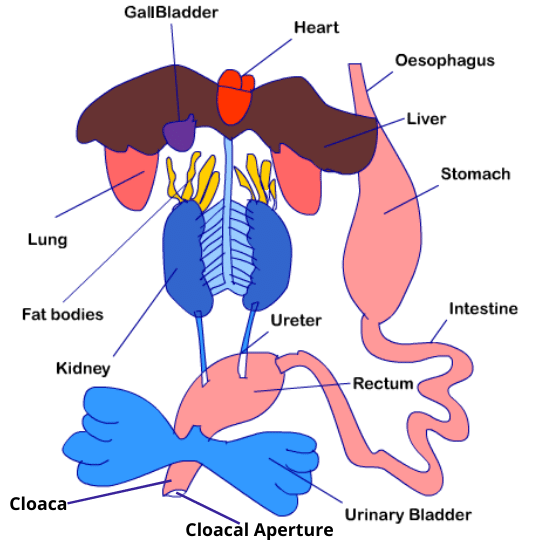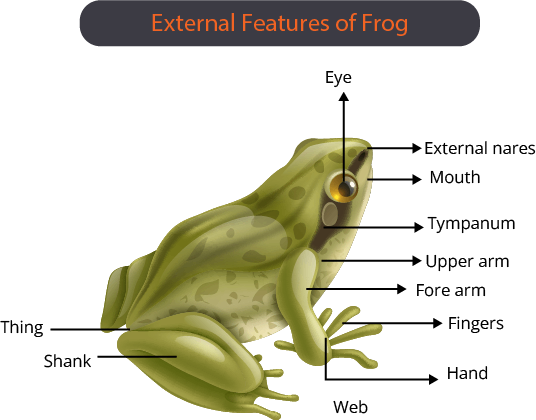Biology Chapter 7 Structural Organisation in Animals Notes Class 11 - FREE PDF Download
FAQs on Structural Organisation in Animals Class 11 Notes: CBSE Biology Chapter 7
1. What is the structural organization of animals for Class 11 Chapter 7?
Chapter 7 of Class 11 talks about the structural organisation of animals. The main topics that this chapter talks about are Animal tissues, Organ and Organ systems, and features of and frogs. Students will learn about the tissues and structural organization of frogs. These tissues are generally arranged in pattern and proportion that are involved in the formation of certain organs.
2. What topics are covered in the Chapter 7 Biology Class 11 Notes?
The Chapter 7 Biology Class 11 Notes cover important topics related to the structural organisation in animals, including different types of tissues, organ systems, and their functions.
3. How can I access the Class 11 Structural Organisation In Animals Notes?
You can download the Class 11 Structural Organisation In Animals Notes as a PDF from Vedantu website. Look for the Structural Organisation In Animals Notes PDF to get a comprehensive guide.
4. What makes the Structural Organisation In Animals Notes PDF useful for exam preparation?
The Structural Organisation In Animals Notes PDF simplifies complex topics into clear, easy-to-understand points and includes diagrams that make studying more effective.
5. Are there any key features in the Chapter 7 Biology Class 11 Notes that help with understanding?
Yes, the Chapter 7 Biology Class 11 Notes often include summaries, important facts, and visual facts that help in grasping essential concepts related to animal structure and function.
6. How frequently should I review the Class 11 Structural Organisation In Animals Notes?
Regular review of the Class 11 Structural Organisation In Animals Notes is recommended to reinforce your understanding and retain key information for exams.
7. Can the Structural Organisation In Animals Notes PDF be used for quick revision?
Yes, the Structural Organisation In Animals Notes PDF is designed for quick revision. It provides concise explanations and highlights key points to help you review efficiently before exams.
8. How are the Structural Organisation In Animals Biology Class 11 Notes structured?
The Chapter 7 Biology Class 11 Notes are organized to include important ideas, clear explanations, and helpful diagrams. This setup makes it easier to understand the complex systems and structures in animals.
9. Can the Chapter 7 Biology Notes help with practical applications?
Yes, the Chapter 7 Biology Class 11 Notes cover not just theory but also give useful information on how animal anatomy and physiology apply to real-life situations. This can be helpful for both practical exams and projects.
10. How can I use the Chapter 7 Biology Class 11 Notes to prepare for exams?
The Chapter 7 Biology Class 11 Notes provide a clear overview of key topics and structures. Regularly reviewing these notes and studying the important points and diagrams will help you understand the material better and prepare well for your exams.

























